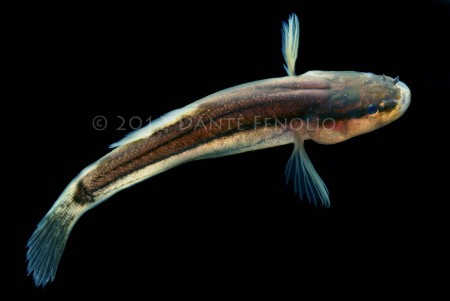
Chologaster cornuta
FAMILY
Amblyopsidae
TAXONOMY
Chologaster cornutus Agassiz, 1853, “ditches of the rice fields in
South Carolina.”
OTHER COMMON NAMES
None known.
PHYSICAL CHARACTERISTICS
Grows to 2.86 in (6.8 cm). These fish are strongly bicolored—
dark brown above and white to yellow (creamy white) below.
They also have three narrow black stripes on each side and an
orange or yellow cast to the head. The head is depressed, with
small eyes. Pink gills are visible through the unpigmented gill
covers. The cycloid scales are embedded, and the fish lack
pelvic fins.
DISTRIBUTION
This species is found in North America on the Atlantic Coastal
Plain from the Roanoke River drainage in Virginia to the Altamaha
River drainage in Georgia (United States).
HABITAT
They occur year-round on vegetation and debris in low-lying
swamps, ponds, ditches, sloughs, and quiet pools and backwaters
of streams, usually in well-shaded, small bodies of waters.
The chemical nature of these waters is acidic and boglike. Often
this species does not show in many faunal surveys; its sensitive
response to touch (thigmotaxis) makes it difficult to find in
the roots and debris of its preferred habitats along the edges of
submerged weed banks.
BEHAVIOR
This species is largely nocturnal.
FEEDING ECOLOGY AND DIET
Feeds on midge larvae, ostracods, and copepods. Vulnerable to
dragonfly nymphs, larger fishes, water snakes, and fish-eating
birds.
REPRODUCTIVE BIOLOGY
They spawn between early March and mid-April and usually
die after spawning. They lay up to 430 eggs and may live as
long as two years.
CONSERVATION STATUS
Not listed by the IUCN.
SIGNIFICANCE TO HUMANS
Sometimes found in the aquarium trade.
Photo Gallery of - Swampfish

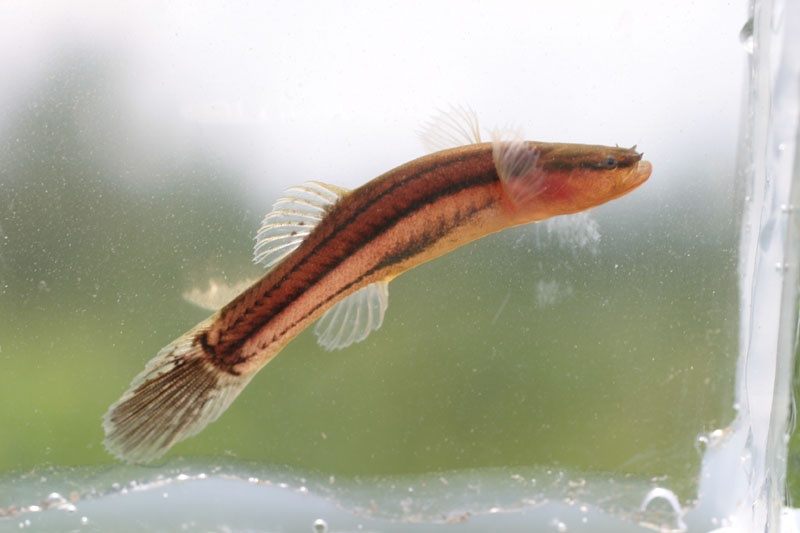
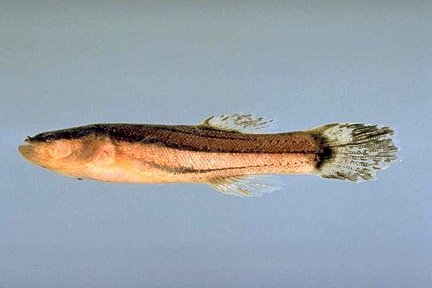
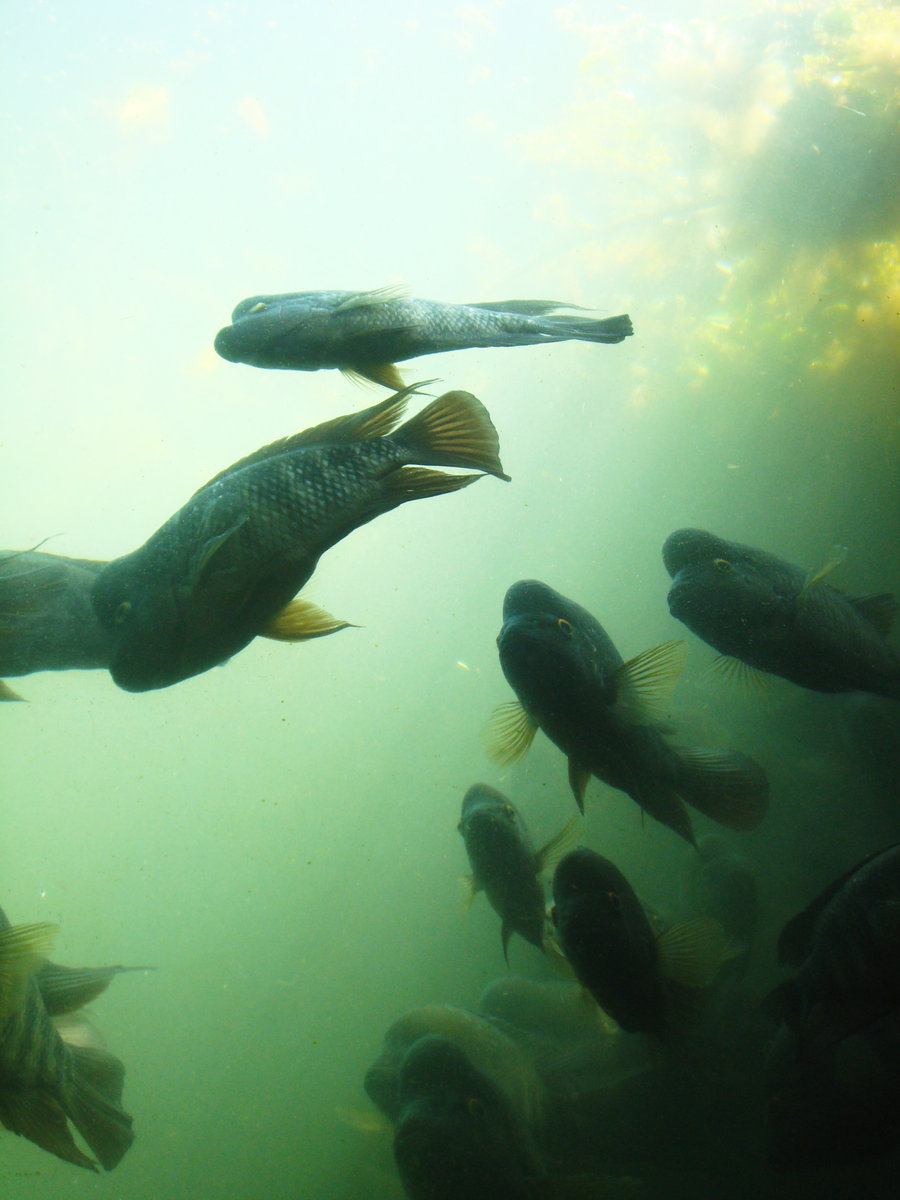
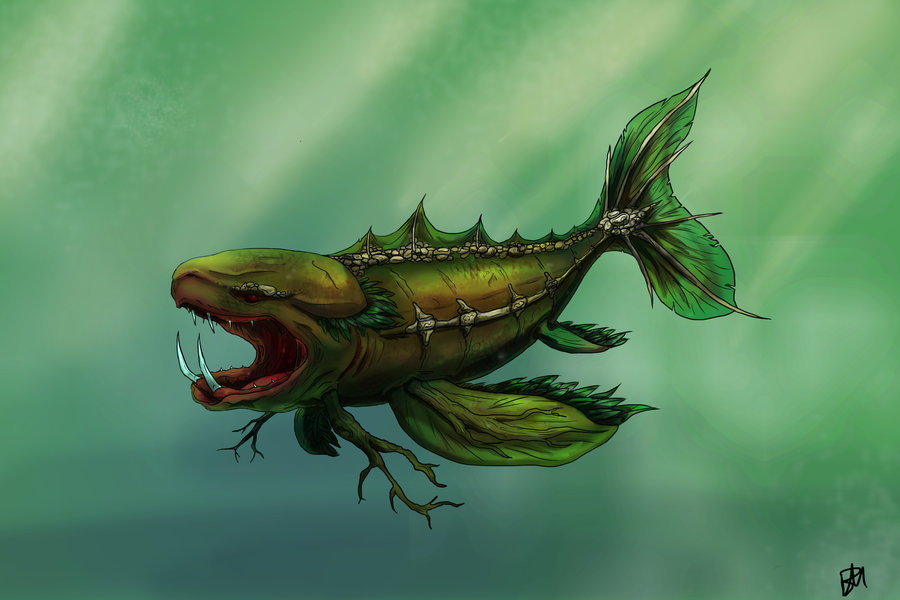
 Animalia Life
Animalia Life